#Buddha's Dharma
Explore tagged Tumblr posts
Text
Gandhara (GoDieGo) J-pop
youtube
"Journey to the West" is a Chinese biographical novel that is very popular in Japan. It depicts the activities of Sanzo Hoshi (priest), who goes on horseback to India in search of the Buddha's Dharma, and his three yokai, who follow him on foot. All three of them have supernatural powers, so walking is drowsy, but they match Sanzo Hoshi, a human. Sanzo Hoshi, in particular, has a passive personality, and it has become a standard in Japanese series since this work for a woman to play. Masako Natsume, the main character, was well- received, but died prematurely.
ガンダーラ (GoDieGo ) J-pop
「西遊記」は、日本でも非常に人気のある、中国の伝記小説。仏��の仏法を求めてインドに騎馬で行く三蔵法師と、徒歩で従う従者の3匹の妖怪の活躍を描く。3匹とも神通力を持つので、徒歩なんてまどろっこしいのだが、人間である三蔵法師に合わせている。とくに三蔵法師は、受動的な性格をしていて、女性が演じることが、日本のシリーズでは、この作品から定番になった。主役の夏目雅子は評判も良かったが、早死にした。
#Gandhara#GoDieGo#J-pop#Babylman#Journey to the West#Sanzo Hoshi#Buddha's Dharma#Masako Natsume#Youtube
8 notes
·
View notes
Text

Know your enemy
678 notes
·
View notes
Text

- A message from 23 nights temple -
“Have a dream. It doesn't matter if it ends up being a dream. Your life will be that much more fulfilling.”
-二十三夜堂からのメッセージ-
”夢を持つことです。それが夢で終わってもいいじゃないですか。あなたの人生はそれだけ豊かになるのだから。”
187 notes
·
View notes
Text
"May all living beings be happy, whether visible or invisible, whether it lives far away, whether it has already been born or wishing to be born." Buddha (Sutta Nipata 147)

98 notes
·
View notes
Text
"You will experience realization like water being poured into water, like liquid gold being poured into liquid gold. Everything will be equalized in One Suchness, profoundly clear, real and pure." - Yuanwu Keqin (1063-1135)
#buddhism#zen#buddhist#innerpeace#buddha#buddhism quotes#zenquotes#dharma#buddhist quotes#spirituality
85 notes
·
View notes
Text
How old were you when you realised that Vishnu's Dashavataras represent the evolution of mankind
#matsya = fish#kurma = sea dwellers#varaha = the first vertebrates#narsimha = half man half animal#parshurama = man with axe/weapon#vamana = man developing higher intellect#rama = the perfect man#krishna = man developing consciousness about dharma and adharma#buddha = man ascending to enlightenment#kalki = the end of adharmi mankind#i havent slept in 4 days#hinduism#hindu memes#hindu epics#hindu mythology memes#hindu mythology#hindublr#hindusim#vaishnavism#vishnu
231 notes
·
View notes
Text
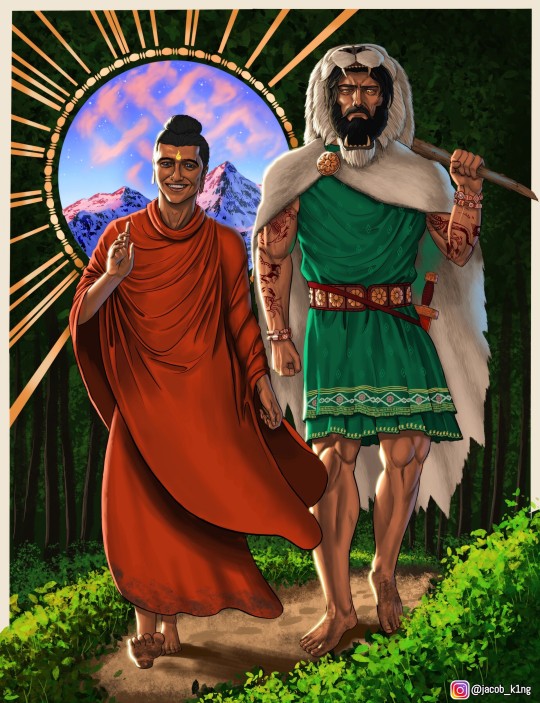
Heracles and the Buddha
This is based on the fascinating fusion of cultures after Alexander the Great invaded India, otherwise known as Indo-Greek or Greco-Buddhism. In Gandharan sculpture, Heracles is depicted alongside the Buddha as Vajrapani, the Buddha's protector. The pairing of two figures so iconic in their mythologies seemed perfect material for art. The Buddha would help Heracles with anger management, while Heracles would help with clobbering evildoers. Business as usual.
#heracles#hercules#herakles#buddha#buddhism#zen#dharma#ancient greece#ancient india#indo-greek#vajrapani#greek mythology#greek myth art#classical mythology#the buddha#tagamemnon#art#illustration#mythology#buddhist#alexander the great#ancient history
392 notes
·
View notes
Text

the four thoughts that turn the mind to dharma
34 notes
·
View notes
Text

312 notes
·
View notes
Text
The Lion's Roar of Chogyam Trungpa
ep. 190 Heart Wisdom with Jack Kornfield
I was listening to this podcast when I was driving back home from another province when Jack Kornfield got to this quote:
The Lion's roar is the fearless proclamation that any state of mind, any circumstance, any part of ourself including the most difficult emotion is a workable situation and a reminder in the practice of meditation. The chaotic situation must not be rejected or seen as regressive, as a return to our confusion. We must sit and respect what happens to our state of mind, even chaos should be regarded as extremely good news. We can learn to accept our state as part of the patterns of mind, without question, without reference back to the scriptures, without help from credentials, directly acknowledging that they are so, and that these things are here and are true. That is the Lion's roar. That whatever occurs in the samsaric mind is regarded itself as the path. Everything is workable. –Chogyam Trungpa Rinpoche
When I heard this quote... I had goosebumps all over my body to the point I felt it in my nipples, Ive never felt such a strong feeling like that before and I realized I needed to write about it to share it so I could truly appreciate this...
#dharma#buddhadharma#buddhism#buddhist#spiritual quotes#buddha#inspiration#chogyam trungpa#CTR#tibetan buddhism#karmapa
16 notes
·
View notes
Text
Introduction to Yasodhara, Wife of the Buddha.
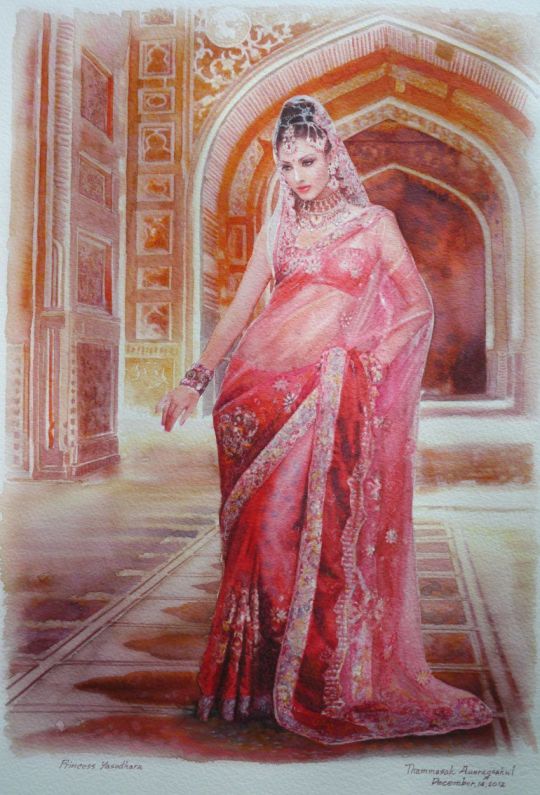
Yasodhara was the wife of Siddhartha Gautama (The Buddha). She became a Buddhist nun and was considered as an arhat (Buddhist saint)
The meaning of her name is "Bearer of glory". She was also popularly known as Bhaddakaccana, Rahulamata, etc…
Yasodhara has lived with the Buddha in his past lives, being his wife in all of them. In their past lives, she helps the Buddha and always stays devoted to him. In many of her lives, she rarely did bad acts/bad karma, making her one of the most holiest women in Buddhism.
She is an arhat associated with beauty, insight, womanhood, glory & devotion. Called "foremost in great insight"
She, in some unknown stories, was associated with Magic
Her (slightly summarized) life story 👇

Yasodhara was the daughter of King Suppabuddh & Queen Amita, She was born on the same day as prince Siddhartha. She was said to be a very beautiful Princess who was devoted, pleasant & sympathetic.
When Siddhartha was 16, his father wanted him to marry a benevolent & unjealous girl. Later, at a marriage event, Yasodhara was seen as the right person of that, After a series of events, Siddhartha & Yashodhara got married.
Yasodhara gave birth to a son named Rahula when she was 26. 7 days after, Siddhartha left the palace to seek answers, leaving Yasodhara devastated. When he was away, She imitated her husband's lifestyle by wearing simpler clothes, eating only 1 meal a day, & refusing offers of marriage proposals.
After a few years, Buddha later went back to his wife, where she rushed to him and clung to his feet. Eyes full of tears, missing his presence, now Fulfilled to see him again.
Yasodara recited the 'Naraseeha Gatha' to her son Rahula before sending him to join the Buddha. Rahula was joyful in his father’s presence & went with him to the temple. Rahula later became a monk & attained Arhantship. Yasodara's life is marked by sorrow & tears, but she has never shown anger.
Yasodhara joined the order of Monks, became an arhat, & established the first nun Order with 500 women. She dedicated her life to spreading Buddha's teachings & focusing on good karma.
Other stories of Yasodhara:
1. Yasodhara & the shakyan nuns.

When Rahula became a monk, Yasodara asked for permission from King Suddhodana to become ordained. The king advised her to wait for the right time. After his passing, Mother Gotami obtained the higher ordination & started the ‘order of nuns’ in the Buddha’s dispensation. Yasodara eventually renounced her possessions and became a nun, along with a thousand Shākyan ladies, despite the extreme protests from her people.
She, & other Shakyan princesses who became nuns, received immense offerings and attention from devotees. Many royal figures and noble women became nuns under Yasodhara’s guidance.
2. Yasodhara’s Glory.

(this could possibly be a folk-story)
In order to prove her powers, Yasodara, in her spiritual form, performed numerous miracles, In the miracles, she’s said to have a voice that could be heard by the gods & brahmas who were dwelling in tens of thousands of universes. She transformed into different types of forms, into different elements, the sun, moon, mount Meru, & the god Indra.
She created a gigantic elephant and then plucked a divine tree from the realm Svarga (heaven), offering it to the Buddha like an umbrella.
She then attained nirvana, & was praised for her unwavering devotion and merits accumulated over countless lifetimes, a stupa was built to honor her legacy.
3. The princess’s love magic.
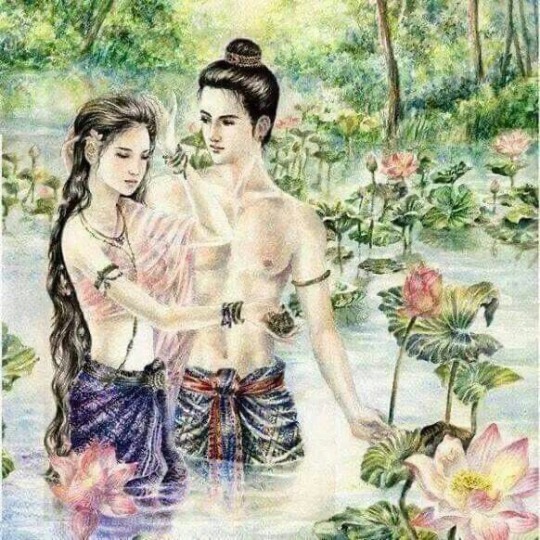
In one unknown story, when the buddha came back, Yasodhara tries to win back the Buddha by offering him a cake with medicinal herbs to change his feelings, she preformed love magic on the food and had her son offer it to the Buddha. However, the Buddha remain unaffected and tells a story from a past life where Yasodhara, as a seductive courtesan, had led him astray with a similar cake.
4. Yasodhara’s innocence.
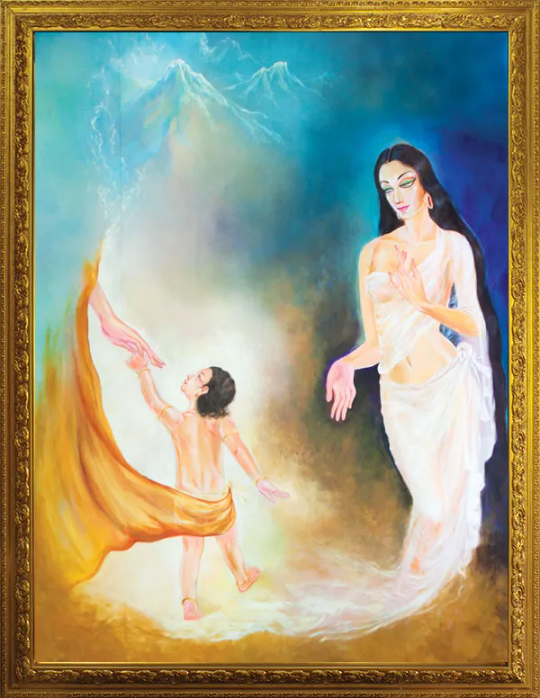
In the Tsa pao tsang king, it states that As a result of Yasodhara’s prolonged pregnancy, she was suspected of adultery by her father-in-law and the Sakyas. They dug a ditch filled with flaming wood and threw Yasodhara into it. She called upon the Buddha, the flaming ditch was instantaneously transformed into a pool of pure water, in the middle of which Yasodhara with Rahula in her arms was sitting on a lotus flower.
The Sakyas were convinced of her innocence and Rahula became the favorite of his grandfather.
5. Kama

Prince Siddhartha would have practiced his cult of sexual magic (possibly tantric sex?) with Yasodhara. Both of them would often engage in sexual activities before they were ready to bring a baby.
There is also one story of them having intercourse on a palace roof. They were so into the act that they actually fell off the roof & didn't notice. They somehow managed to fall into a bed of lotus flowers which saved them from any injuries as a result of the fall.
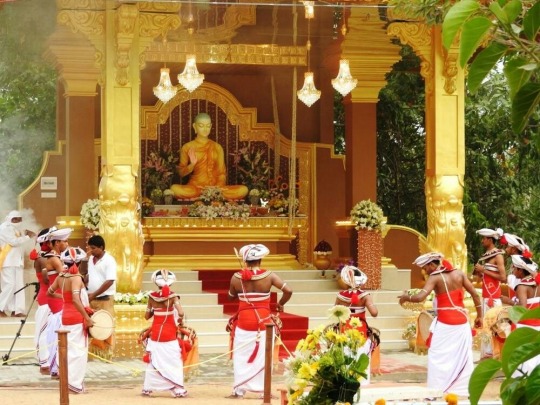
"Sri Yasodara Maha Seya" is a peaceful temple/stupa in Sri Lanka that honors her. Devotees seek the protection & blessings of her which help them overcome obstacles in life.
Nuns are mostly the ones who take refuge in her, meditating in front of her stupa or making offerings. There are also energetic festivals in honor of her, with dancing, music & chanting. Poojas are also in honor of her.

Namo Sri Yasodhara maa🙏
#Buddhism#yasodhara#yashodhara#rahulamata#Bhaddakaccana#Bimbadevi#Theri#Buddha’s wife#stories#arhat#Arahat#Arhati#Princess#Desi#desiblr#buddhistwitch#buddhist temple#buddhist art#dharma#Stupa#Sri Yasodara Maha Seya#buddha
25 notes
·
View notes
Text

The Secret of a Full Life
The secret of a full life is to live and relate to others as if they might not be there tomorrow, as if you might not be there tomorrow. It eliminates the vice of procrastination, the sin of postponement, failed communications, failed communions. This thought has made me more and more attentive to all encounters. meetings, introductions, which might contain the seed of depth that might be carelessly overlooked. This feeling has become a rarity, and rarer every day now that we have reached a hastier and more superficial rhythm, now that we believe we are in touch with a greater amount of people, more people, more countries. This is the illusion which might cheat us of being in touch deeply with the one breathing next to us.
The dangerous time when mechanical voices, radios, telephones, take the place of human intimacies, and the concept of being in touch with millions brings a greater and greater poverty in intimacy and human vision.
~ Anais Nin
The Diary of Anaïs Nin
#buddha#buddhist#buddhism#dharma#sangha#mahayana#zen#milarepa#tibetan buddhism#thich nhat hanh#enlightenment spiritualawakening reincarnation tibetan siddhi yoga naga buddha#amitaba buddha#pure land#anais nin
365 notes
·
View notes
Text

- A message from 23 nights temple -
“In any life, we are grateful to be born into this planet and to be able to experience both joy and pain.”
-二十三夜堂からのメッセージ-
”どんな人生であっても、この世に生を受け、喜びも苦しみも経験できることはありがたいことです。”
119 notes
·
View notes
Text
"From victory comes resentment. Those who lose suffer. If you let go of winning and losing and find serenity, you can live in peace." Buddha (Dhammapada 201)

133 notes
·
View notes
Text
"When you do not calculate gain or loss and do not contend for superiority, you naturally arrive at a stage where there are no contrived activities and no concerns." - Yuanwu Keqin (1063-1135)
#buddhism#zen#buddhist#innerpeace#buddha#buddhism quotes#zenquotes#dharma#buddhist quotes#spirituality
58 notes
·
View notes
Text
On Spiritual Practice and Integrity
When spiritual practices have integrity, they do not require complex explanations or inflexible interpretations. These may be present and useful, but the practices themselves do not depend upon them.
Rather, integrous spiritual disciplines and practices are perrenial in their ability to transcend contexts, dogmas, and certainties; they are capable of withstanding a multitude of understandings, and of persisting meaningfully through both hopes and disappointments alike, while remaining as meaningful touch points.
~Sunyananda

#zen#buddhism#buddha#buddhist#dharma#enlightenment#sangha#awakening#nirvana#spirituality#spiritual#practice#discipline#meditation#contemplation#prayer
12 notes
·
View notes